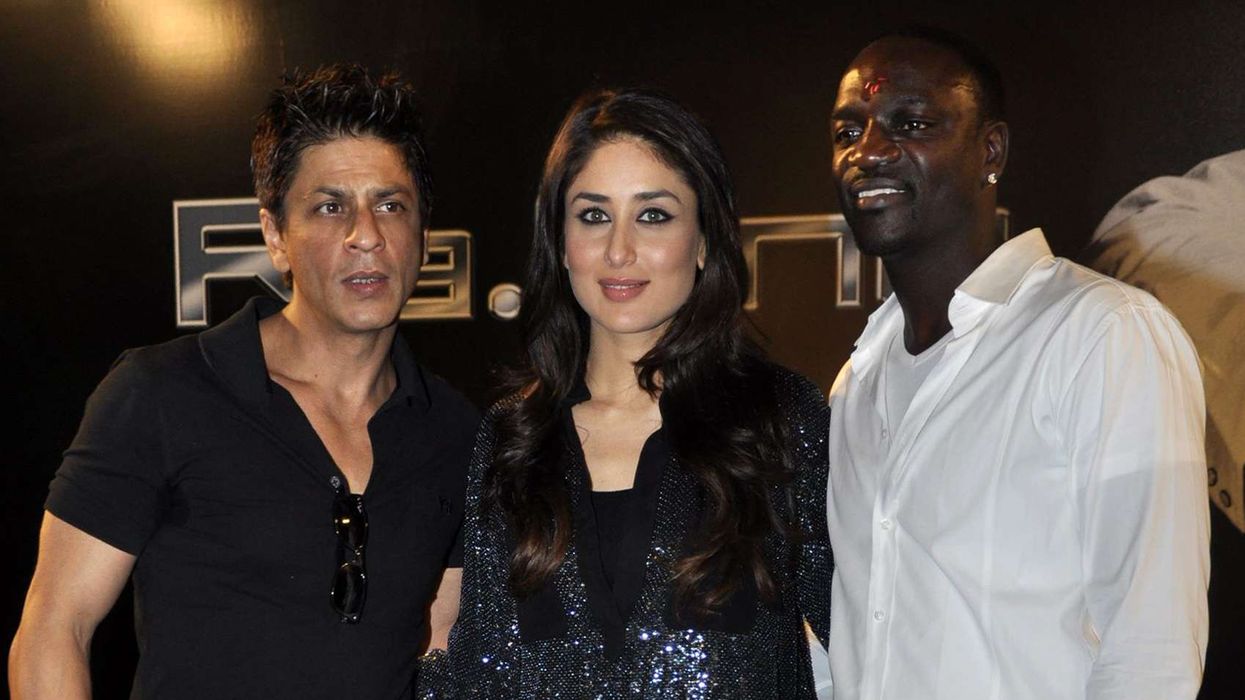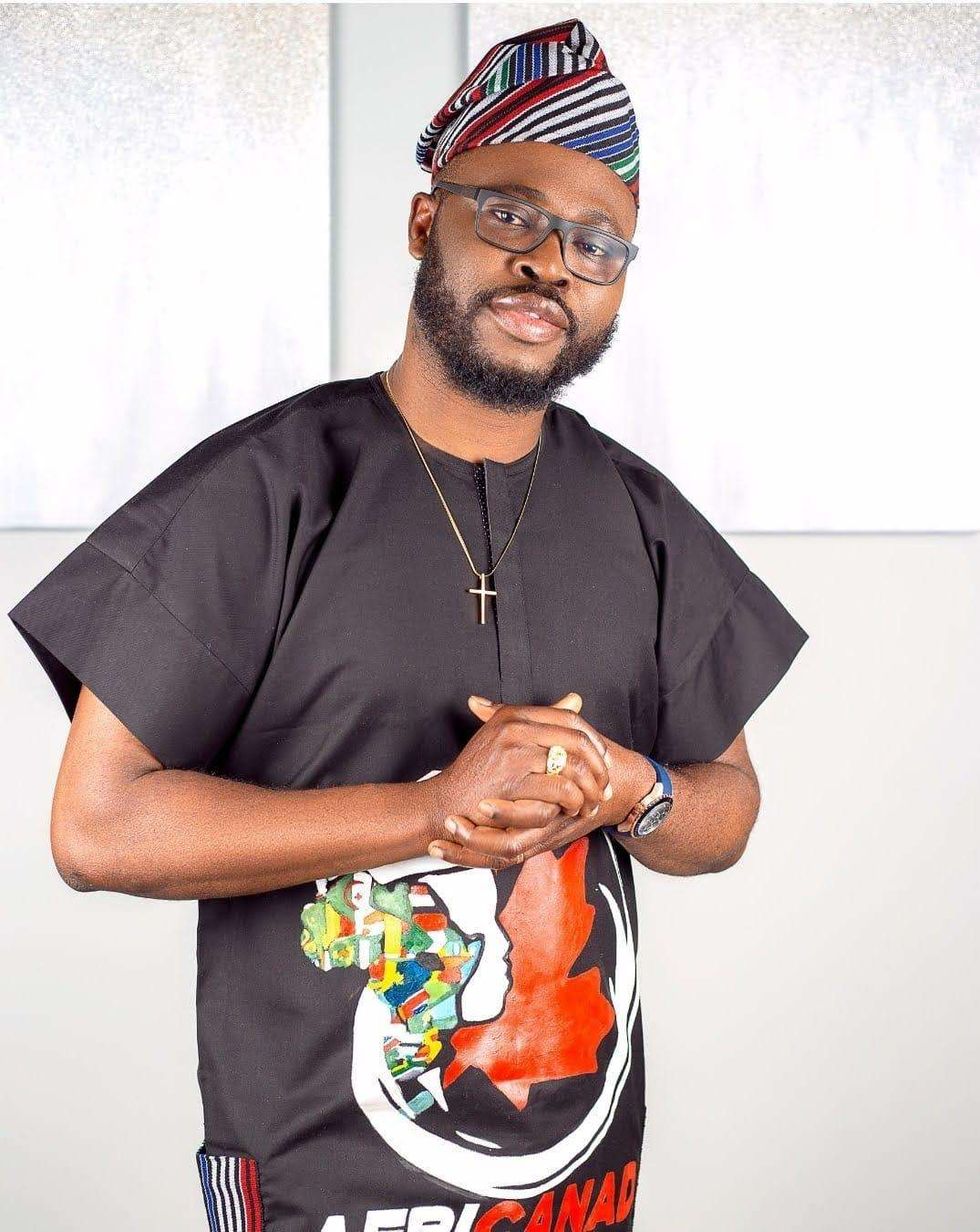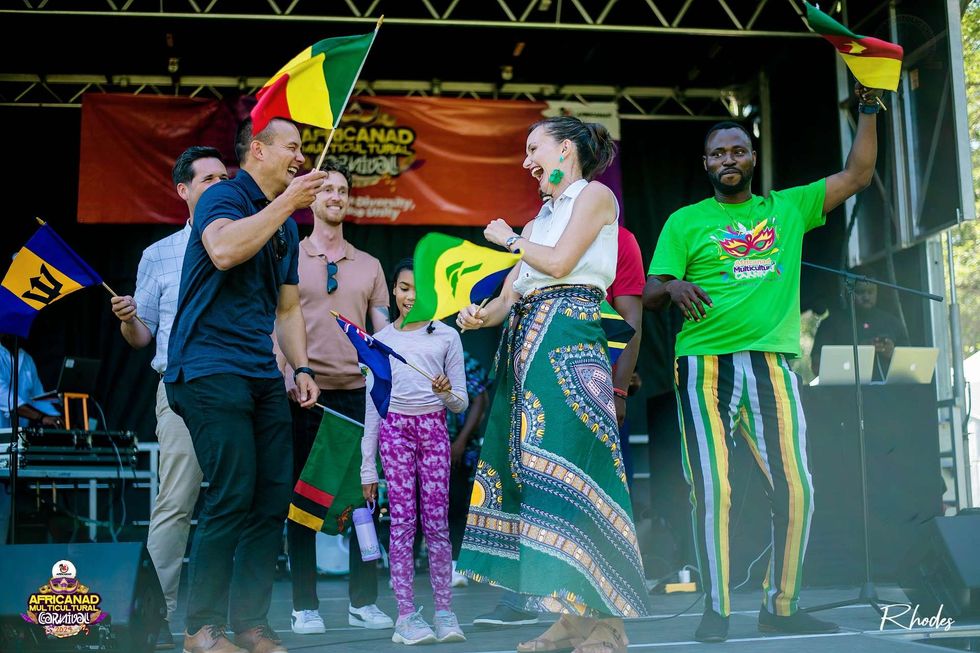By Barry Gardiner
Labour MP forBrent North
THIS is an open letter to Dominic Raab, first secretary of state.
Since the first report of a UK death from Covid-19 in early March, my constituency of Brent North and its hospital at Northwick Park have been at the epicenter of the coronavirus crisis.Our hospital has recorded 200 deaths in a single day and one of our care homes has lost 42 residents in a month.
And as Brent has suffered more than any other community in the UK, it is the various black and Asian communities in our borough – itself the most ethnically diverse in the country – that have suffered more than any other.
The same is true across the UK, where more than half of all the NHS staff deaths have been from BAME communities. The National Audit & Research Centre for Intensive Care suggests that although just 14 per cent of the UK population identify as having an ethnic minority background, 34 per cent of those in critical care with Covid-19 are black or Asian.
Given this extraordinary disparity, the government must realise their messages will not reach these communities simply through traditional means, and that they need to develop culturally specific messaging in Asian languages. Why then are we yet to see any national campaign in a language other than English?
It is welcome that the government has responded to the call by the chair of the British Medical Association (BMA), Dr Chaand Nagpaul, and the British Association of Physicians of Indian Origin (BAPIO) for in-depth research into the reasons that ethnic minority patients are so much more susceptible to the disease and are dying in disproportionate numbers. They correctly identify that this is important to help target the most vulnerable groups, and it requires the review to be both wide and deep – looking at genetic and employment profiles, as well as cultural and socio-economic reasons.
Underlying medical conditions are present in up to 80 per cent of Covid-19 victims. And we know that sickle cell disease is prevalent in the African and Caribbean communities, and that diabetes and heart disease is prevalent in the south Asian community. So why has government communication largely ignored the ethnic press, some of which have a strong track record of informing their communities about these conditions? The government must work harder to reassure BAME communities they are not being treated as second-class citizens.
Whatever the underlying genetic predispositions may be that are seeing our minority communities dying disproportionately from Covid-19, there is another reason – poverty. In my street in Brent, many of the houses are in multiple occupation. And yes, many Asian families do tend to live together across the generations, but too many are living in overcrowded accommodation. Analysis by the New Policy Institute has shown that the five most crowded regions of the country have seen 70 per cent more Covid-19 cases than the five least crowded. So do not tell us that coronavirus does not discriminate. It does. It is killing ethnic minority communities and the poor.
When it comes to essential workers: ask yourself, who they are? Who are our pharmacists? Who run our public transport systems? Who run our corner shops? Who sweep our streets and collect our bins? Who are the cleaners, porters and nurses in our hospitals? Remind yourself that one-third of all doctors in the NHS are from a BAME background. And then ask yourself why, when asked for comment last week by one of the UK’s top-selling ethnic newspapers, the Department of Health and Social Care declined to comment?
Incompetence in a government is rarely forgiven. Indifference, never.





 Ayodele Odeyemi
Ayodele Odeyemi This is why South Asia offers such vital lessons for African creators today
This is why South Asia offers such vital lessons for African creators today







Don’t treat BAME communities as second-class citizens: Barry Gardiner